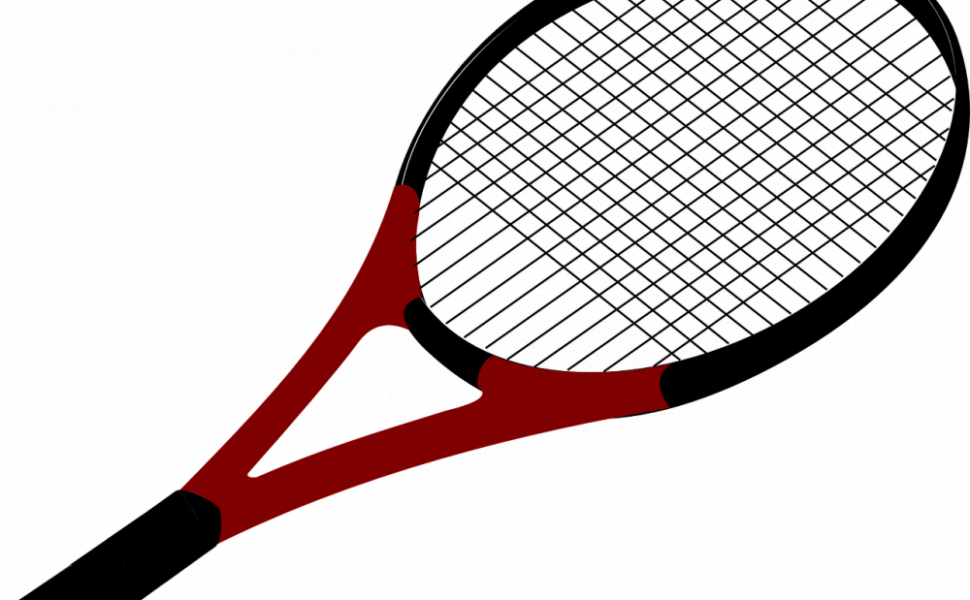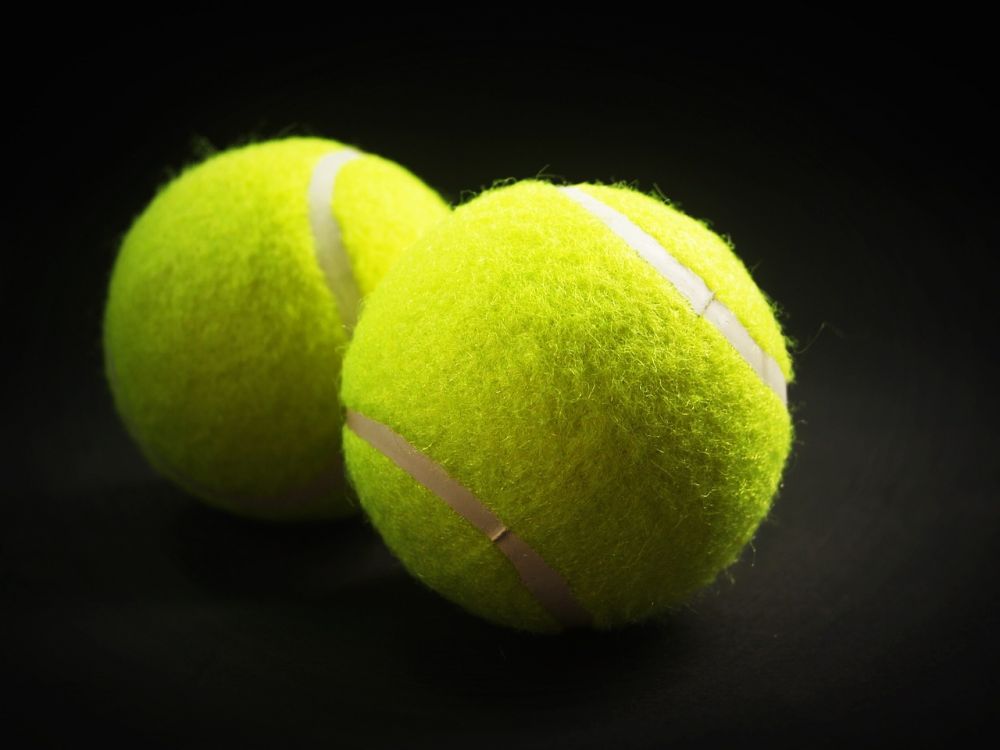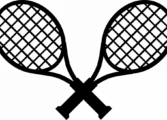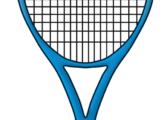PADDEL REGLER SINGEL: EN GRUNDLIG ÖVERSIKT

Introduction ()
Padel is a popular racquet sport that combines elements of tennis and squash. Played in a glass-enclosed court, it has gained huge popularity in recent years. In this article, we will provide a comprehensive overview of the rules and regulations of padel singles, including different types, measurements, historical background, and variations.
I. Understanding Padel Singles (H2)

Padel singles is a variation of the game in which two players compete against each other. The objective is to win points by hitting the ball over the net, within the court boundaries, and in such a way that the opponent cannot return it. To achieve this, players can employ various strategies and techniques.
A. Court Layout and Boundaries (H3)
A padel court is a rectangular area with dimensions of 10 meters wide and 20 meters long. The court is divided into halves by a net stretched across the middle. The boundaries are marked by walls, and the ball can be played off all walls during the game. Boundary lines are marked on the ground to delineate in-bounds and out-of-bounds areas.
B. Serving and Receiving (H3)
The player who wins the coin toss or spin chooses to serve or receive. The serve must be done underhand and diagonally, from the right-hand side of the court to the opponent’s court. The server must bounce the ball once before hitting it. The receiver must let the ball bounce once before returning it. Both serving and receiving can be done either cross-court or parallel to the side walls.
C. Scoring System (H3)
Padel singles follows a modified version of the traditional tennis scoring system. Points are counted as follows: zero points called ”love”, one point called ”15,” two points called ”30,” and three points called ”40.” If the score reaches 40-40, it is called ”deuce,” and the player must win two consecutive points to win the game. A set is won by the player who wins six games, with a margin of at least two games. If the game reaches 6-6, a tiebreaker is played.
D. Faults and Penalties (H3)
Several faults can result in penalties in padel singles. These include hitting the ball out of bounds, failing to let the ball bounce before returning it, interfering with the opponent’s shot, and stepping on or over the lines during the serve. Penalties can result in a loss of points or a change of serve.
II. Types of Padel Singles and Popularity (H2)
Padel singles can be played in various formats, depending on skill level and preferences. Some popular formats include competitive singles, recreational singles, and handicap singles. Competitive singles tournaments are highly popular among professional players, while recreational singles allow players of all skill levels to enjoy the game. Handicap singles are designed to level the playing field by giving certain advantages or disadvantages to players based on their skill levels.
III. Quantitative Measurements in Padel Singles (H2)
To ensure fair play and consistency, certain measurements are crucial in padel singles.
A. Racket Specifications (H3)
The maximum allowed length for a padel racket is 45.5 centimeters, and the maximum width is 26 centimeters. The racket’s total weight, including strings and grip, should not exceed 370 grams.
B. Ball Specifications (H3)
Padel balls have a diameter of 6.35 centimeters and a weight between 56 and 59.4 grams. The ball must have a bounce height of approximately 135 to 145 centimeters when dropped from a height of 254 centimeters.
C. Net Specifications (H3)
The net should be 10 meters long and 0.88 meters high at the center. It should be tight and have a mesh size of no more than 2.5 centimeters.
IV. Differences Between Padel Singles Formats (H2)
While the basic rules remain the same, there are notable differences between various formats of padel singles.
A. Competitive Singles vs. Recreational Singles (H3)
Competitive singles tournaments usually follow strict rules and regulations, with professional umpires and referees. On the other hand, recreational singles allow more flexibility and may implement modified rules to accommodate different skill levels and playing conditions.
B. Handicap Singles (H3)
Handicap singles add an interesting twist to the game by giving advantages or disadvantages to players based on their skill levels. This format aims to level the playing field and create fair competition among players of different abilities.
V. Historical Background of Padel Singles Rules (H2)
Understanding the historical evolution of padel singles rules can shed light on the advantages and disadvantages of different approaches.
A. Advantages of Traditional Rules (H3)
The traditional rules of padel singles have been in place for several decades and have their advantages. They provide a standardized framework for competitive play, ensuring fairness and consistency across tournaments. These rules have also contributed to the development of professional players and international competitions.
B. Disadvantages of Traditional Rules (H3)
However, some argue that the traditional rules can be too rigid and limit the game’s potential for innovation and flexibility. Some players and organizations have proposed modifications to promote faster-paced and more dynamic gameplay, while still maintaining the essence of padel singles.
Conclusion ()
In conclusion, padel singles is an exciting racquet sport that offers players of all skill levels an opportunity to compete and enjoy the game. Understanding the rules and regulations is essential for players to fully engage in the sport and appreciate its intricacies. Whether playing in competitive tournaments or casual matches, padel singles provides a fantastic athletic experience that continues to captivate players worldwide.
References:
– Padel Regler. (2021). Retrieved from [insert URL]
– Padel Court Specification. (n.d.). Retrieved from [insert URL]
– Padel Ball Specifications. (n.d.). Retrieved from [insert URL]
– Padel Handicap Singles. (2021). Retrieved from [insert URL]
















































